Description
What is a High-gain LTE Antenna 4G Flex PCB Antenna?
The High-gain LTE Antenna 4G Flex PCB Antenna CTRF-ANTENNA-FPC-7027-7022-IPEX Flexible PCB Antenna is a 4G LTE multiband flexible PCB antenna designed by C&T RF Antennas Inc for integrating into 4G and LTE multi-band devices, terminals, and products where a high performance needed.
The high-gain 4G LTE flexible self-adhesive embedded antenna integrates an omnidirectional design. Provides 360° coverage. 4G LTE/3G/2G. High Performance.
Mounting: Adhesive Mount Flexible.
High-gain LTE Antenna 4G Flex PCB Antenna Is Available At C&T RF Antennas Inc. We Offer Inventory, Pricing, and datasheets For PCB Antennas. Contact us for more details on the High-gain LTE Antenna such as the High-gain LTE Antenna datasheet, High-gain LTE Antenna pricing, High-gain LTE Antenna inventory, etc.
High-gain LTE Antenna Design
C&T RF Antennas Inc. supplies the 4G LTE Antenna FPC Design, wifi antenna design, 4G antenna design, PCB antenna design, FPC antenna design, etc.
C&T RF Antennas Inc provides internal & external antennas with the antenna radio frequencies such as NFC, 169MHz, 230MHz, 315MHz, 433MHz, 868MHz, 915MHz, VHF&UHF, Lora, NB-IoT, ADS-B, GSM, GNSS, Wifi 2.4GHz, 5.8GHz, Cellular 2G 3G 4G LTE, GPS, 5G NR, etc.
C&T RF Antennas Inc. provides RF antennae 4G LTE with Omni & Directional antenna types such as Dipole Antennas, Whip Antennas, Marine Antennas, Router Antennas, MIMO Antennas, Combo Antennas, PCB Antennas, FPC Antennas, Spring Antennas, Magnetic Antennas, Sector Antennas, Yagi Antennas, and Accessories, etc, for IoT & M2M industries.
Contact us for more details on the High-gain LTE Antenna 4G Flex PCB Antenna such as antenna datasheet, antenna pricing, antenna inventory, or other High-gain LTE Antenna 4G Flex PCB Antenna types.
High-gain LTE Antenna 4G Flex PCB Antenna Specifications
High-gain LTE Antenna 4G Flex PCB Antenna Electrical Specifications |
|
| RF Antenna Type | Embedded FPC Antenna |
| Model | CTRF-ANTENNA-FPC-7027-7022-IPEX |
| Frequency | 700-960MHz, 1710-2700MHz |
| Gain | 4dBi/6dBi |
| VSWR | ≤2.0 |
| Impedance | 50 Ω |
| Polarization | Vertical Polarization |
| Cable Type | RG1.13 |
| Connector | IPEX |
| Cable Length | 100mm |
| Lightning Protection | DC-Ground |
High-gain LTE Antenna 4G Flex PCB Antenna Mechanical Specifications |
|
| FPC Board Dimension | 70x22mm |
| Weight | Approx. 5g |
| Material | FPCB + RG Cable + U.FL connector |
| Operation Temperature | -40˚C~+85˚C |
| Storage Temperature | -40˚C~+80˚C |
| Color | Black |
| Antenna Design | Dipole Array |
| Mounting | Connector/Peel-and-Stick |
| Safety Emission and other | RoHS Compliant |
| Applications | ISM/SCADA/Utilities, IoT/M2M/NB-IoT/LoRa, 2G 3G 4G LTE/LTE-IoT, GSM GPRS UMTS, etc. |
High-gain LTE Antenna Flexible Antenna Features
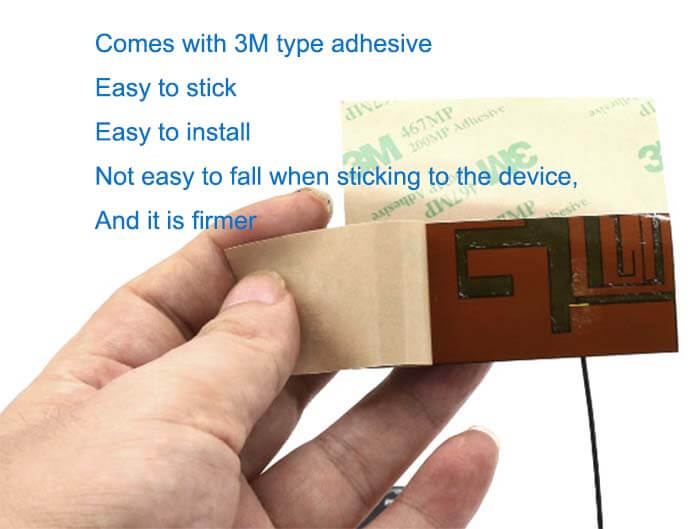
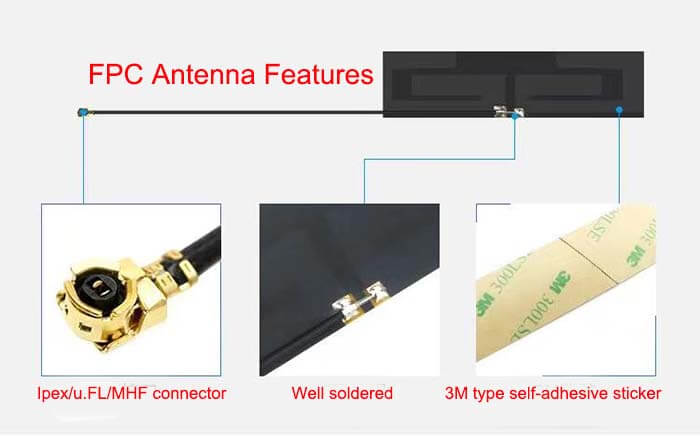

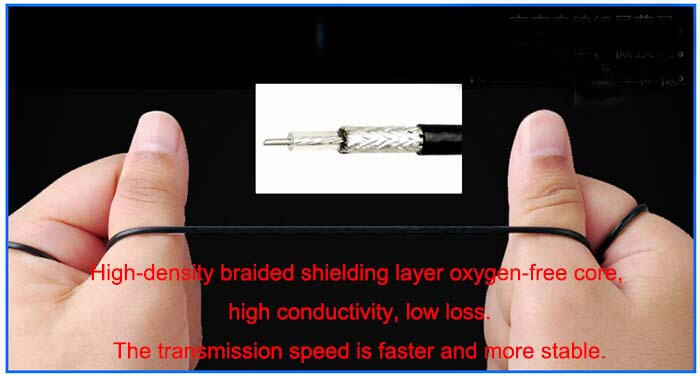

High-gain LTE Antenna Applications
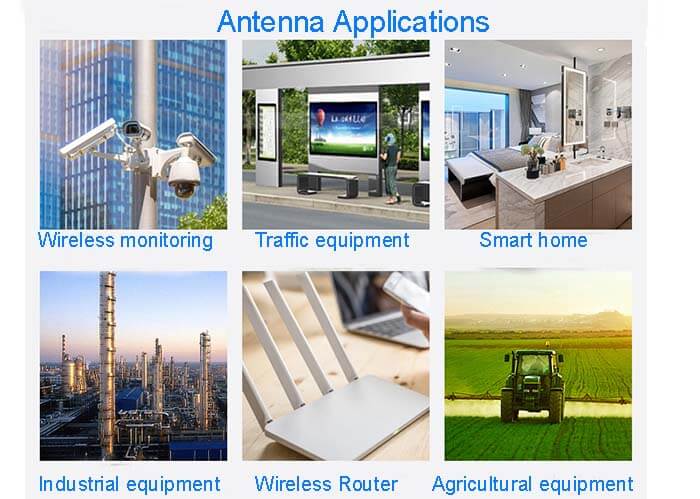
What is the difference between LTE and 4G?
4G is the fourth-generation mobile phone mobile communication standard, referring to the fourth-generation mobile communication technology.
The difference between LTE and 4G
1. Different performance
4G is a combination of 3G and WLAN, and can quickly transmit data, high-quality audio, video, and images. 4G can download at speeds above 100Mbps and can meet almost all users’ requirements for wireless services.
The LTE project is an evolution of 3G, a transition between 3G and 4G technologies, and a global standard of 3.9G. . It provides a peak rate of 100 Mbit/s downstream and 50 Mbit/s upstream under a 20MHz spectrum bandwidth.
2. Different technical architecture
LTE uses a single-layer structure composed of Node B. Compared with the traditional 3GPP access network, LTE has reduced the number of RNC nodes and reformed the entire 3GPP system architecture, gradually approaching the typical IP broadband network structure. 3GPP has initially determined the architecture of LTE or Evolved UTRAN Structure (E-UTRAN).
4G technology includes two standards, TD-LTE and FDD-LTE, which integrate 3G and WLAN.
4 G-related features
1. 4G communication can realize high-definition transmission of original images and original videos in the transmission of pictures and videos, and its transmission quality is comparable to that of a computer.
2. Using 4G communication technology, the speed of downloading software, files, pictures, audio, and video can reach up to tens of megabytes per second, which is not possible with 3G communication technology, and it is also a significant advantage of 4G communication technology.
3. In the context of the rapid and convenient development of the network, users have also put forward higher requirements on the cost of traffic. From the current 4G network communication charges, the price is relatively reasonable.
At the same time, major operators have also introduced corresponding services for different groups. Traffic preferential policies can meet the needs of different consumer groups.

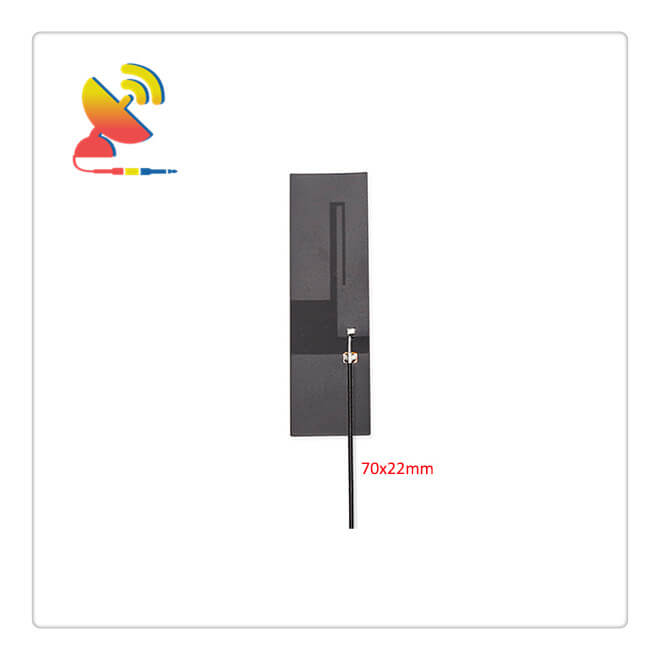
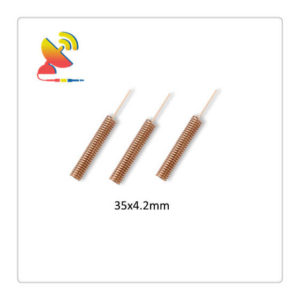
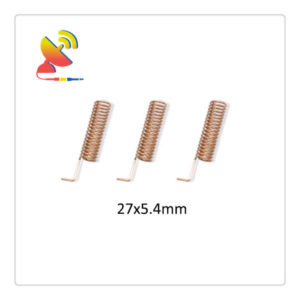
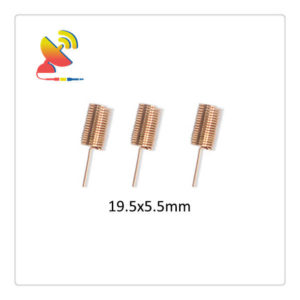
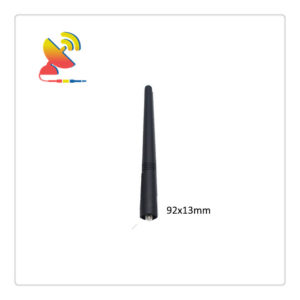
Reviews
There are no reviews yet.